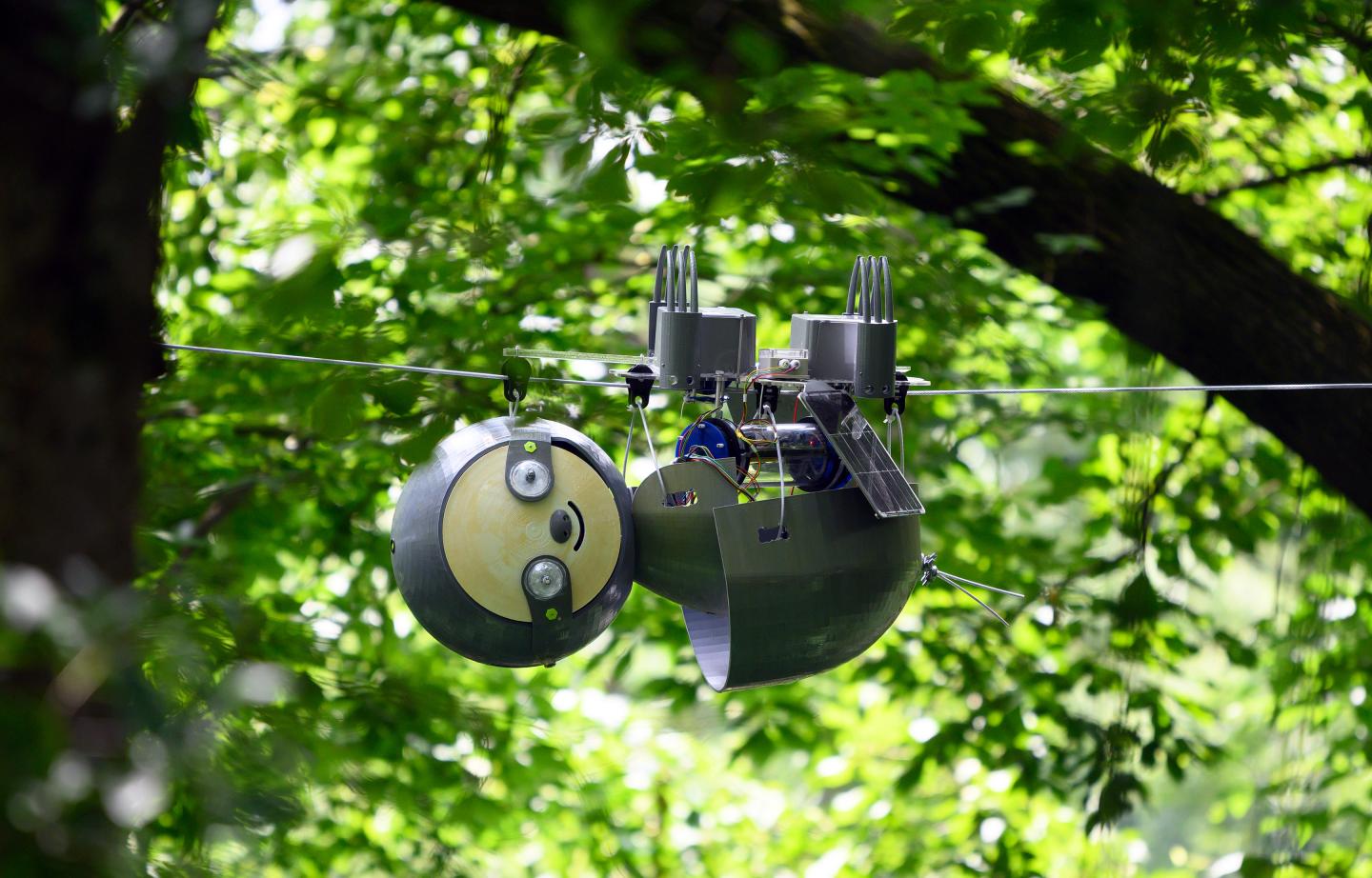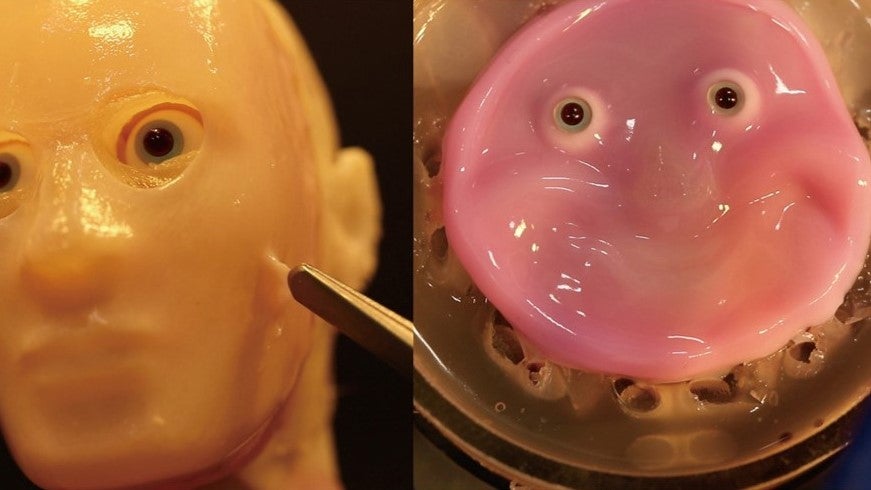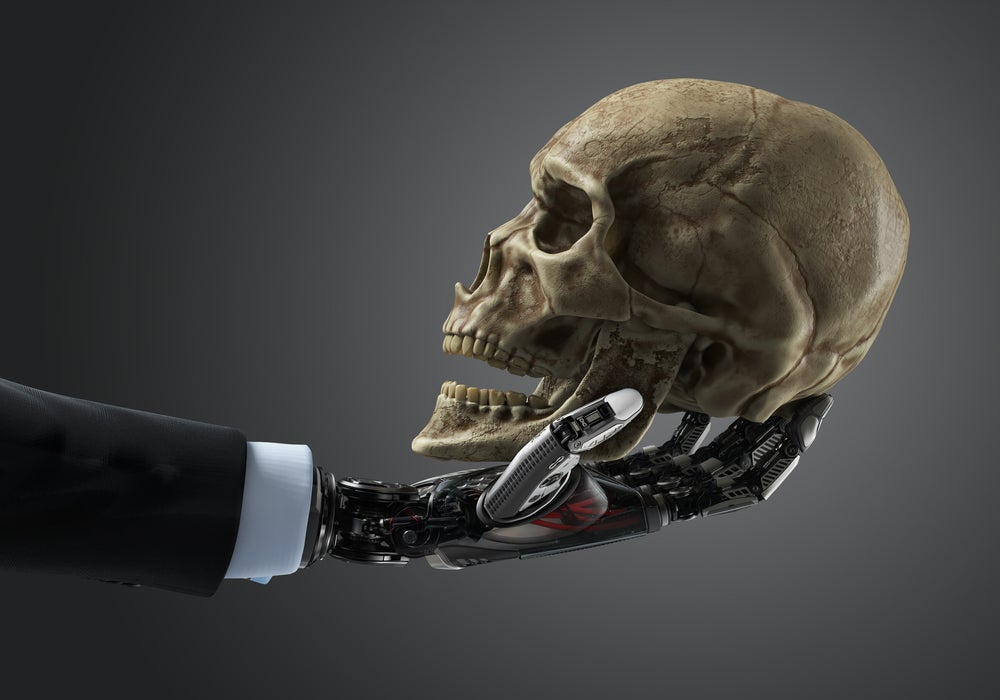With the robotics industry rapidly growing and supporting technologies such as cloud computing and AI accelerating, the use cases for robots in conservation could have much wider impacts.
While science fiction often speculates about robots that are indistinguishable from humans, in the field of ecology and conservation, scientists are already capable of designing robots that are able to mimic the animals and habitat around them.
Robots with, and without, such visual features already have a wide variety of applications in conservation fieldwork, from species monitoring to reforesting. As disruptive technologies such as artificial intelligence (AI) and edge computing advance, the role of robotics in assisting humans to protect the world’s ecosystems will only advance.
Robotics in field monitoring
Improving biodiversity conservation can only be achieved by first understanding the current state of a species’ population, its habitat, and the threats to its existence. However, field monitoring can be difficult work, so robots are being used to effectively record variables.
In environments that humans are not able to easily survive in—such as the deep sea—robots can carry out survey work in their place. For example, autonomous underwater vehicles (AUVs) can provide video footage at extreme depths, record environmental data, use robotic arms to collect specimens, and even sample environmental DNA (eDNA). Meanwhile, robots can also be used for repetitive surveys, such as the SlothBot, which was designed to record data on the environment and species interactions at the Atlanta Botanical Garden. The SlothBot mimics a sloth’s slow movement and has a 3D-printed shell.
Robots are also greatly useful in surveying species that are sparsely located and sometimes camouflaged. Ocean Alliance’s SnotBot drone is used to identify rare sei whales, monitor their behavior, and collect the snot that individuals blast upwards when breathing, for research. Other examples of drone surveys worldwide include the monitoring of orangutan populations in Borneo and seabird colonies in the Falkland Islands.
How well do you really know your competitors?
Access the most comprehensive Company Profiles on the market, powered by GlobalData. Save hours of research. Gain competitive edge.

Thank you!
Your download email will arrive shortly
Not ready to buy yet? Download a free sample
We are confident about the unique quality of our Company Profiles. However, we want you to make the most beneficial decision for your business, so we offer a free sample that you can download by submitting the below form
By GlobalDataDevelopments in disruptive technologies will provide further opportunities for robotics in field monitoring. For example, soft robotics could be used for delicate operations, such as the soft robotic arms designed by researchers in 2018 to collect fragile marine organisms. While artificial intelligence (AI) can speed up data processing—for example, the Penguin Watch project powered by Zooniverse uses public volunteers to train machine learning algorithms to identify the number of penguins and eggs in images captured by cameras on site.
Robotics in conservation interventions
With flora and fauna populations declining worldwide, robots could prove essential in picking up essential ecological processes. Miniature robots—such as RoboBees designed by researchers at the Wyss Institute—could help in pollination where natural pollinator populations are low, while robot plants such as the Synthetic Pollenizer could help to feed pollinators such as bees.
Robotic applications could be of vital importance to the survival of species with obligate mutualistic species interactions, for example, yucca plants require yucca moths for pollination. In cases where species have become extinct, perhaps as a result of climate change or human interference, robots could even be used to temporarily replace species when populations are severely limited.
Reforesting efforts are also garnering international attention, as a way of restoring natural ecosystems and increasing carbon capture to reduce climate change. Milrem Robotics’ autonomous robot forester is able to plant a hectare of forest in less than six hours. While currently for use in commercial forestry settings, it has the potential for application in reforesting natural habitats. However, adjustments will be needed to ensure monocultures are not created, such as China’s monoculture ‘silent forests’, which have diminished biodiversity and are at greater risk of disease and other threats.
Future uses for robots in conservation
Robots capable of mimicking animals could replace captive animals in zoos, improve reintroduction programs (such as for those of whooping cranes that are otherwise tricky due to imprinting behaviour), or even mitigate human-wildlife conflict and prevent the threat to species that threaten livestock and crops.
Soft robotics could even be useful in conservation breeding programs, improving artificial insemination or embryo transfers. Further investment into the use and integration of robotics into conservation science and practices could help to turn the tide in what scientists are referring to as the sixth mass extinction event.







